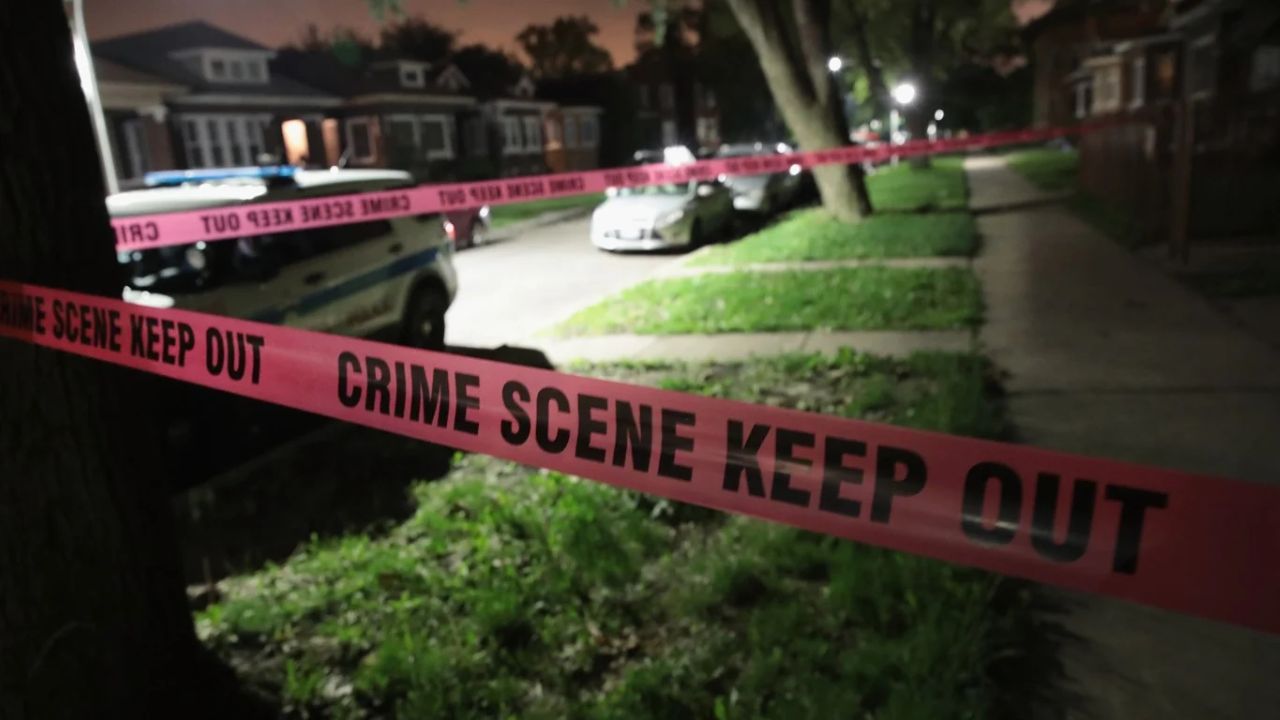Brownsville, a small town in New York, has recently made headlines for a concerning reason – it has been identified as the 2nd most dangerous city in the state. This revelation has sparked discussions and raised questions about the safety and security of its residents. Let’s delve into the details of this alarming development.
The Rise in Crime Rates
The crime rate in Brownsville, New York is notably high, with crime rates reported to be 60% higher than the national average. Additionally, Brownsville has been identified as one of the deadliest neighborhoods in New York City based on Health Department data.
The serious crime rate in Brownsville is reported to be 23.9 per 1,000 residents according to data from NYU Furman Center. These sources collectively highlight the concerning levels of crime in Brownsville, emphasizing the need for focused efforts to address safety and security issues in the community.
What is the Trend in Crime Rate in Brownsville Over the Past Decade
The trend in the crime rate in Brownsville over the past decade has shown fluctuations. According to the data provided, the crime rate in Brownsville has varied over the years. For instance, in 2018, the crime rate was 376.23 per 100,000 population, marking a 46.39% increase from the previous year. In 2017, the crime rate was 257 per 100,000 population, which was a 6.46% increase from 2016.
These fluctuations indicate a changing pattern in crime rates over the past decade, with some years experiencing increases while others showing declines. This data underscores the dynamic nature of crime trends in Brownsville and the importance of ongoing efforts to address safety and security concerns in the community.
What Are the Most Effective Ways to Reduce Crime in Brownsville
To effectively reduce crime in Brownsville, several strategies can be implemented based on the data and insights provided:
Community Engagement: Encouraging community involvement and fostering positive relationships between residents and law enforcement can help create a sense of ownership and responsibility for safety within the community.
Increased Police Presence: Enhancing police visibility and patrols in high-crime areas can act as a deterrent to criminal activities and improve response times to incidents.
Investment in Social Programs: Allocating resources to social programs that address underlying factors contributing to crime, such as poverty, lack of education, and substance abuse, can help prevent criminal behavior and support at-risk individuals.
Youth Engagement and Support: Providing opportunities for youth engagement, mentorship programs, and educational initiatives can steer young individuals away from criminal activities and towards positive pathways.
Data-Driven Approaches: Utilizing data and analytics to identify crime hotspots, trends, and patterns can help law enforcement agencies deploy resources effectively and target interventions where they are most needed.
By combining these strategies and tailoring them to the specific needs and challenges of Brownsville, a comprehensive approach to reducing crime can be developed and implemented to create a safer and more secure environment for all residents.
What Are the Challenges Faced in Reducing Crime in Brownsville
The challenges faced in reducing crime in Brownsville include:
Socioeconomic Factors: High levels of poverty, lack of job opportunities, and limited access to resources can contribute to an environment where crime thrives.
Community Perceptions: Differing perceptions within the community about the severity of crime and the effectiveness of law enforcement efforts can impact the willingness to engage in crime prevention initiatives.
Youth Engagement: Engaging and supporting at-risk youth, providing them with positive alternatives, and addressing the root causes of youth involvement in criminal activities pose challenges that require targeted interventions.
Lack of Resources: Insufficient funding for social programs, community initiatives, and law enforcement can hinder efforts to address crime effectively.
Historical Factors: Long-standing issues related to crime, drug use, and gang activity in Brownsville may present deep-rooted challenges that require sustained and comprehensive approaches to address.
By addressing these challenges through collaborative efforts, targeted interventions, and a multi-faceted approach, progress can be made towards reducing crime and creating a safer environment in Brownsville.
Conclusion
In conclusion, the recent revelation that Brownsville ranks as the 2nd most dangerous city in New York serves as a stark reminder of the urgent need to address crime and safety issues in the community. By understanding the factors contributing to this designation, prioritizing the well-being of residents, and implementing effective solutions, Brownsville can work towards reversing this troubling trend and fostering a secure and thriving environment for its inhabitants. It is imperative that concerted efforts are made to tackle the root causes of crime and create a safer future for all who call Brownsville home.

